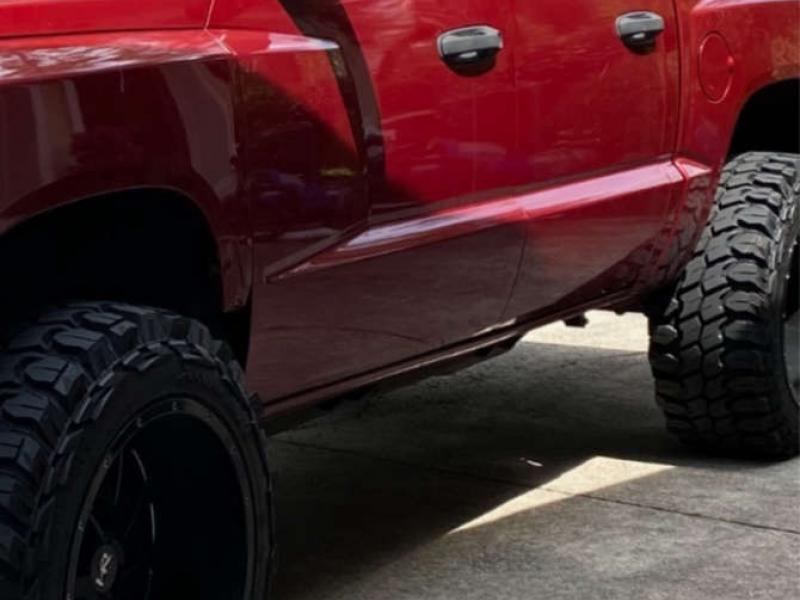Storing Your Car For The Winter
There’s nothing worse for your car than the harsh winter weather, especially if you live in a cold or snowy climate. Road salt might help keep the streets from icing over but it’s also extremely abrasive and destructive to the body and frame of your car. That is one of the primary reasons that many people choose to store their cars during the cold winter months. If you’re planning on storing your car this winter, here are a few things you should know before you drop your keys in the drawer for the season.

Storage Locations
The first thing to consider is where you’re storing your car this winter. If you’ve got a home garage, that is often going to be your best option. If you don’t have a garage or are stuck with a carport or other open area, it might be a good idea to look into an external storage facility. If push comes to shove and storage isn’t an option, invest in a good weatherproof car cover to protect your car from the elements.
Don’t look for something like a barn other location that might have a dirt floor. You don’t need climate control or anything fancy like that, but a concrete floor and some basic insulation will offer the best protection.
As an added bonus, a good layer of insulation in your garage will make it a much nicer environment to work in during the cold months. No more frozen fingers!
Fluids Check
First, check your oil. Does it look like you’re desperately in need of an oil change? If so, make that top priority so your car goes into storage with a clean engine. If you’re just storing it for the winter, you don’t need anything special for the oil or other fluids other than making through they’re topped up. Oil is stable in your engine for up to a year, so a few months in winter storage isn’t going to cause any problems.
For fuel, you need to add a fuel stabilizer to make sure that the gas doesn’t gum up and mess up your whole fuel system. Head to your local auto parts store and pick up a bottle of Sta-bil, drop it into a full tank and run the engine for a few minutes to make sure that the stabilizer is disperse throughout the fuel system.
No Humidity or Bugs
Humidity is the enemy of your car’s interior, even during the dry winter months. When you set your car up for winter storage, pick up some dehumidifying packets, like Damp Rid, or some packages of baking soda. Put them in the car, including in the trunk, to absorb any stray humidity and keep your upholstery smelling fresh even after a few months of storage.
If you want to keep bugs and rodents out of your car while it’s in storage, tape a plastic bag over your intake and exhaust pipes. You can also use foil, steel wool, or mothballs in the tailpipe to keep vermin out. Just make sure you remove any covers that you use before you start the car.
Pump it Up
One of the biggest problems that you’ll find after a car has been in storage for an extended period of time is flat spots on the tires. These flat spots become weak spots and can contribute to blowouts and flat tires.
Making sure that your tires are properly inflated can prevent these flat spots from forming.
If you’re storing your car for the winter, there’s a bit more to it than just parking it in the garage and putting away the keys. Properly prepping your car means that it will be ready to go when good driving weather comes back in the spring!




